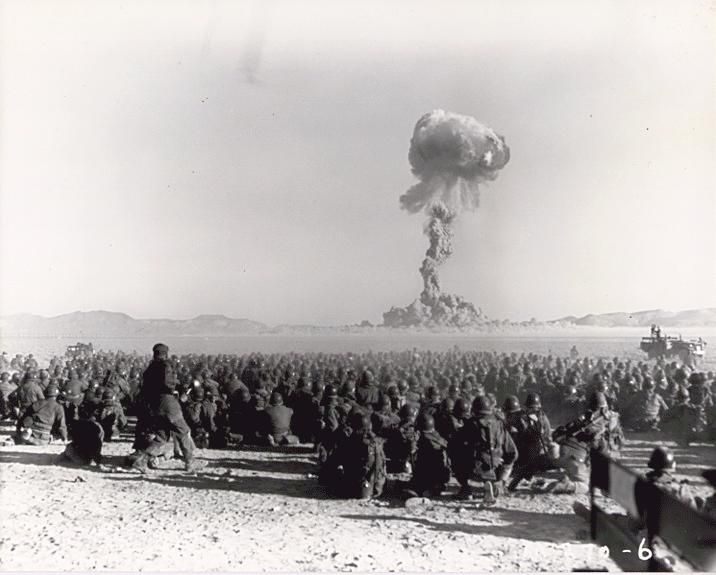
Photo: Operation Buster-Jangle -Dog test, for which troops were stationed a mere 6 miles from the nuclear blast, 1951.
(U.S. Department of Defense, Public Domain)
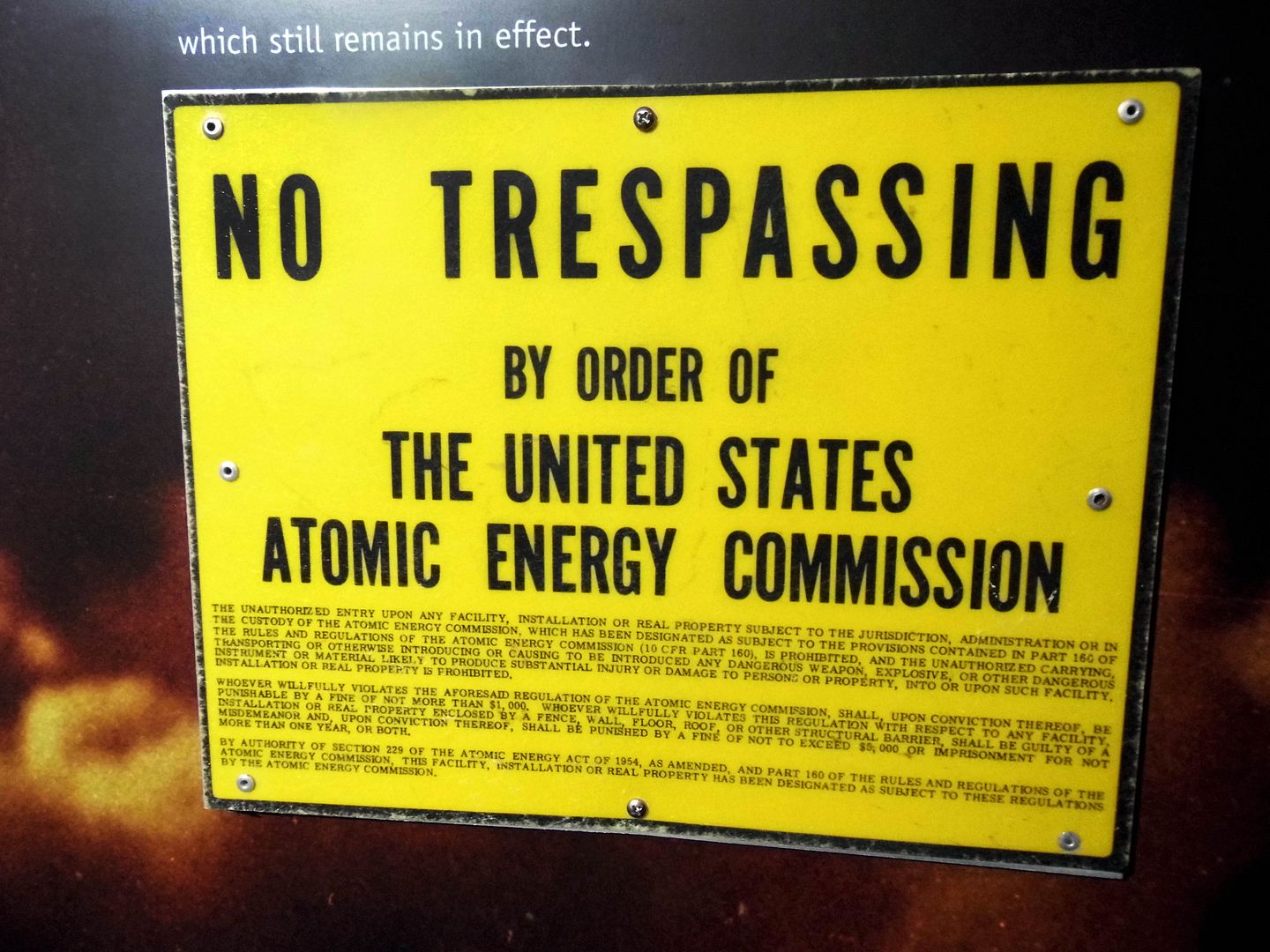
Instead, they turned those mushroom clouds into a tourist attraction—hosting "viewing parties" on their rooftops—and publicity stunt.

And who knows what happened to those journalists who hunkered down in the "News Nob" at Yucca Flat to watch mannequins inside various types of dwellings get blown up?
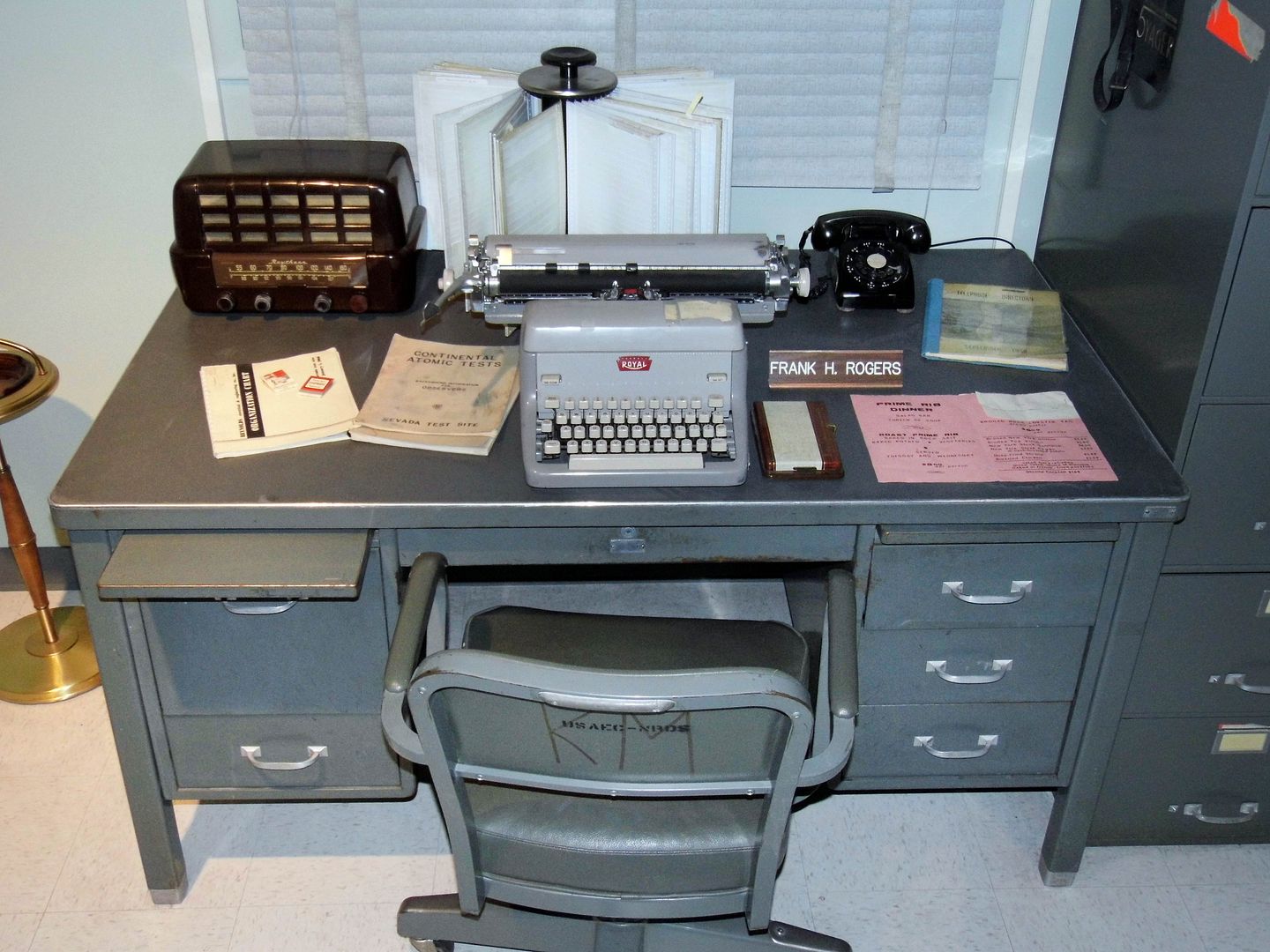
By the time I made it to the Atomic Testing Museum in Vegas this year, I'd already visited the Nevada Test Site and its Sedan Crater seven years ago. To be honest, there's a whole lot of nothing out there—because everything was blown up or subsequently removed.
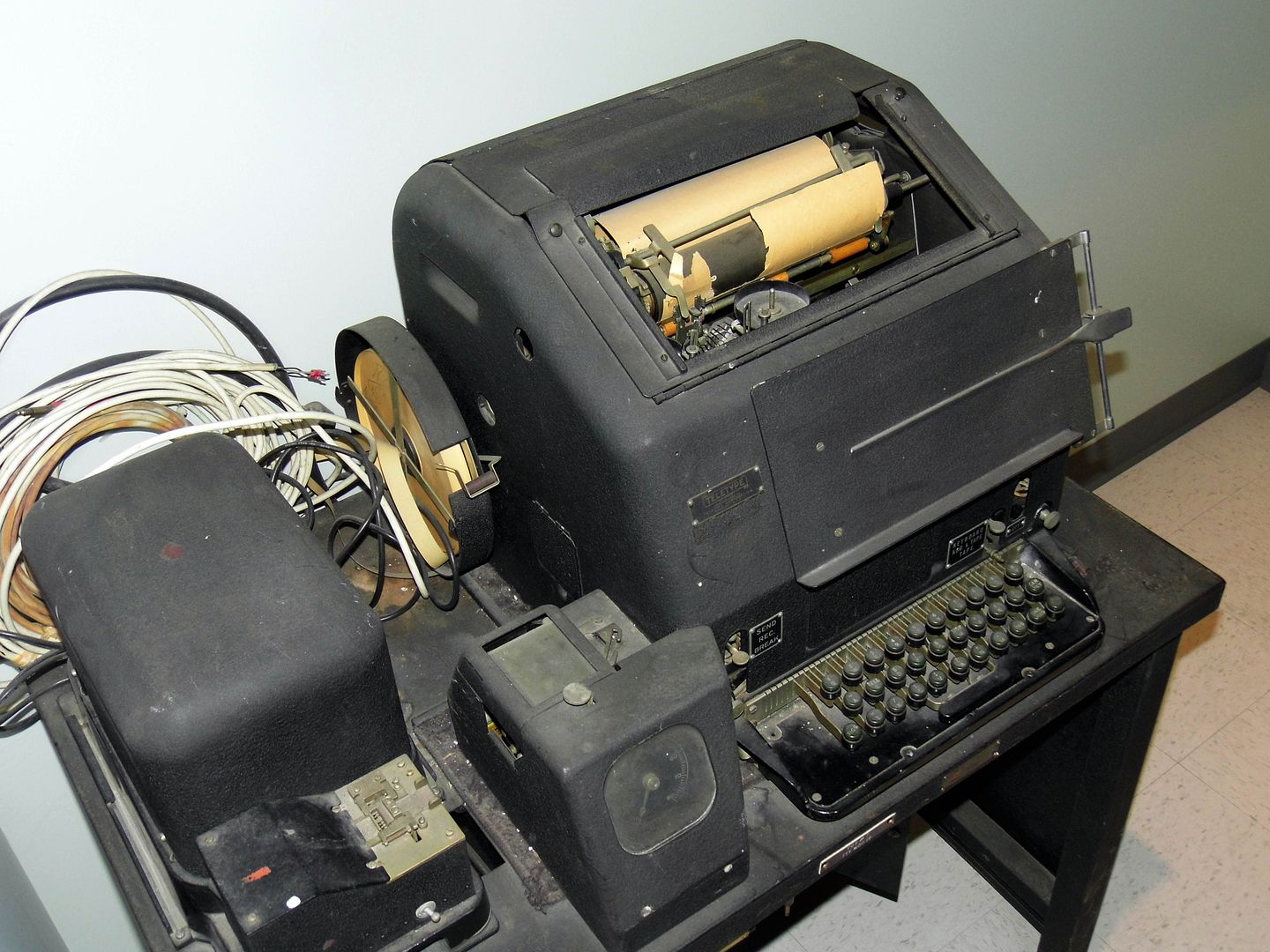
So being in this museum full of artifacts—many of which were donated by former personnel stationed at the security site—really drove the experience home.
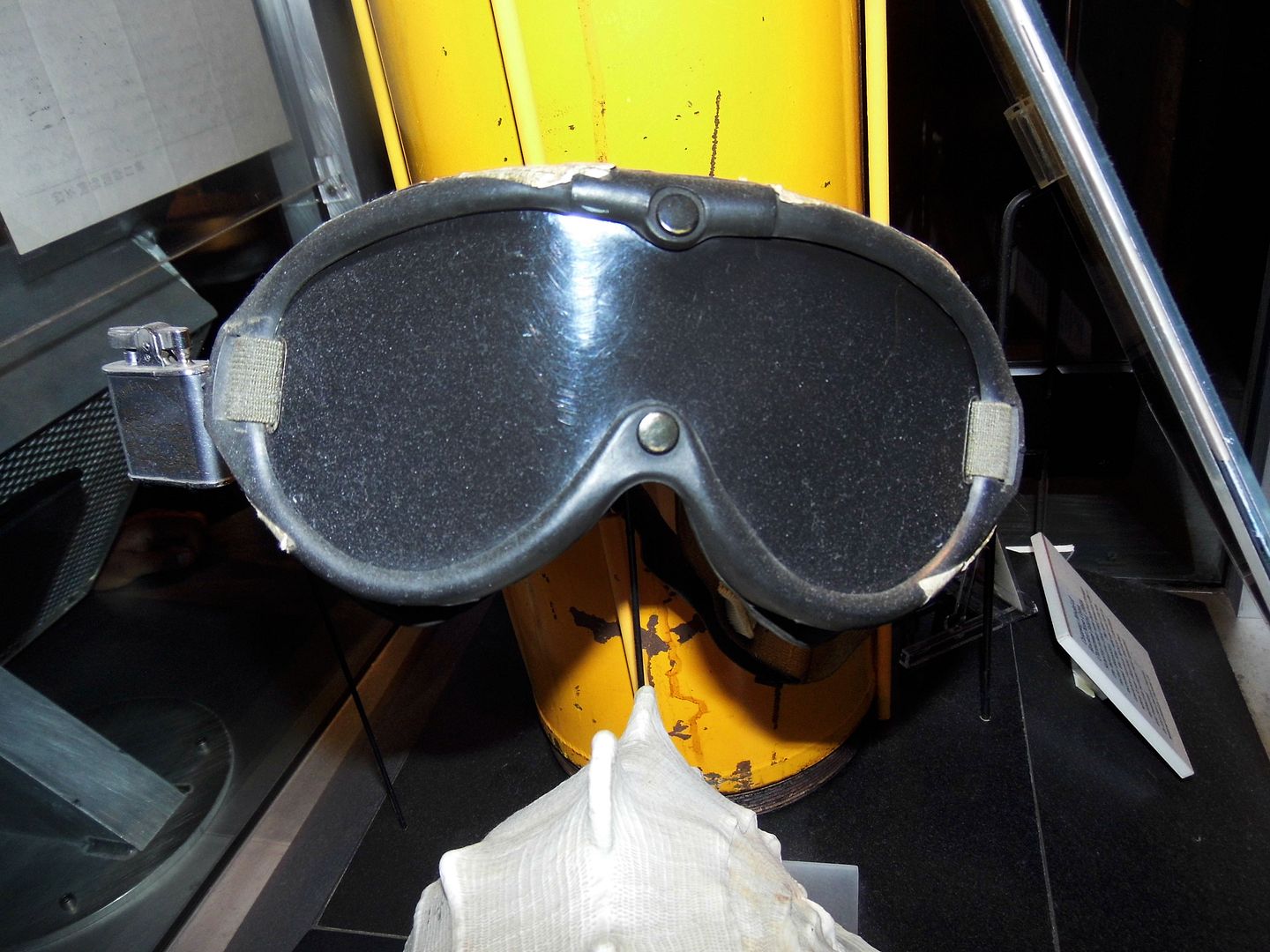
Somebody wore these exact goggles during the fifth American nuclear test series, Operation Greenhouse—though located in the middle of the Pacific Ocean and not Nevada, it was still a major event that led up to the development of the H-bomb.
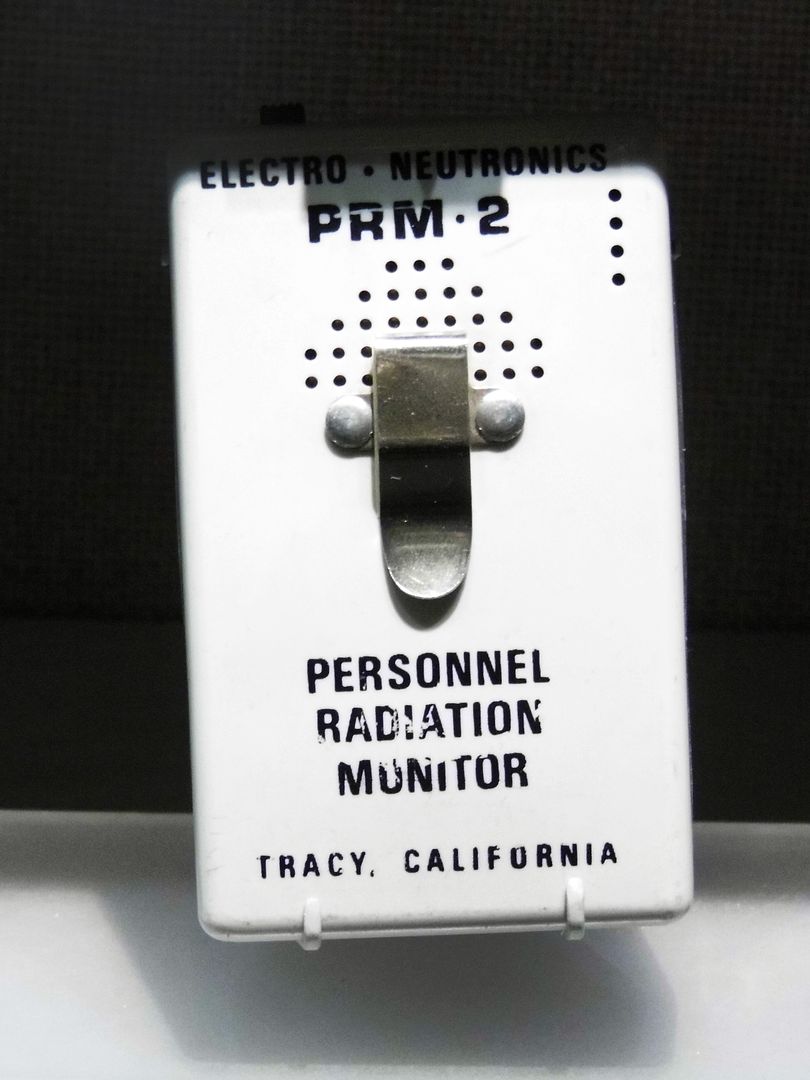
The government and media alike promoted the idea that nuclear weapons could somehow be "tamed"—and they required the military and invited the public to watch them try. All they provided as protection were goggles (as above), steel helmets, and personal radiation meters.
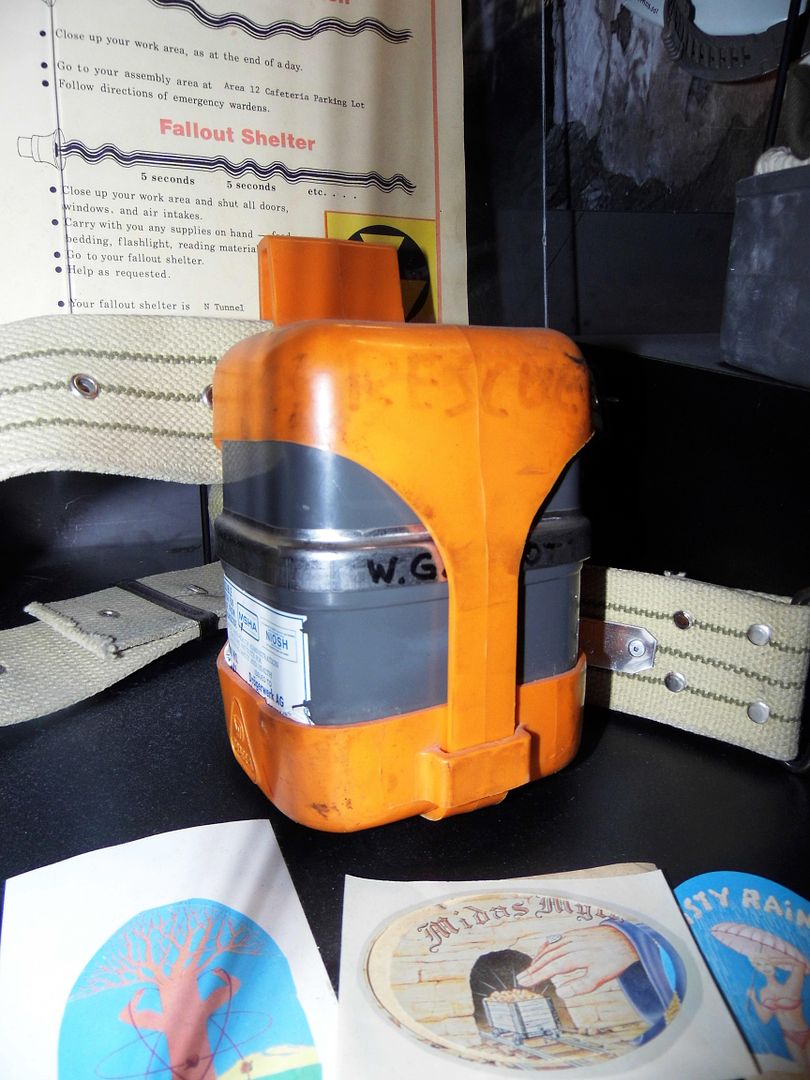
Meanwhile, Americans were taught to be simultaneously terrified of nuclear warfare if it came from the other side. American use of these bombs, however, was considered heroic.
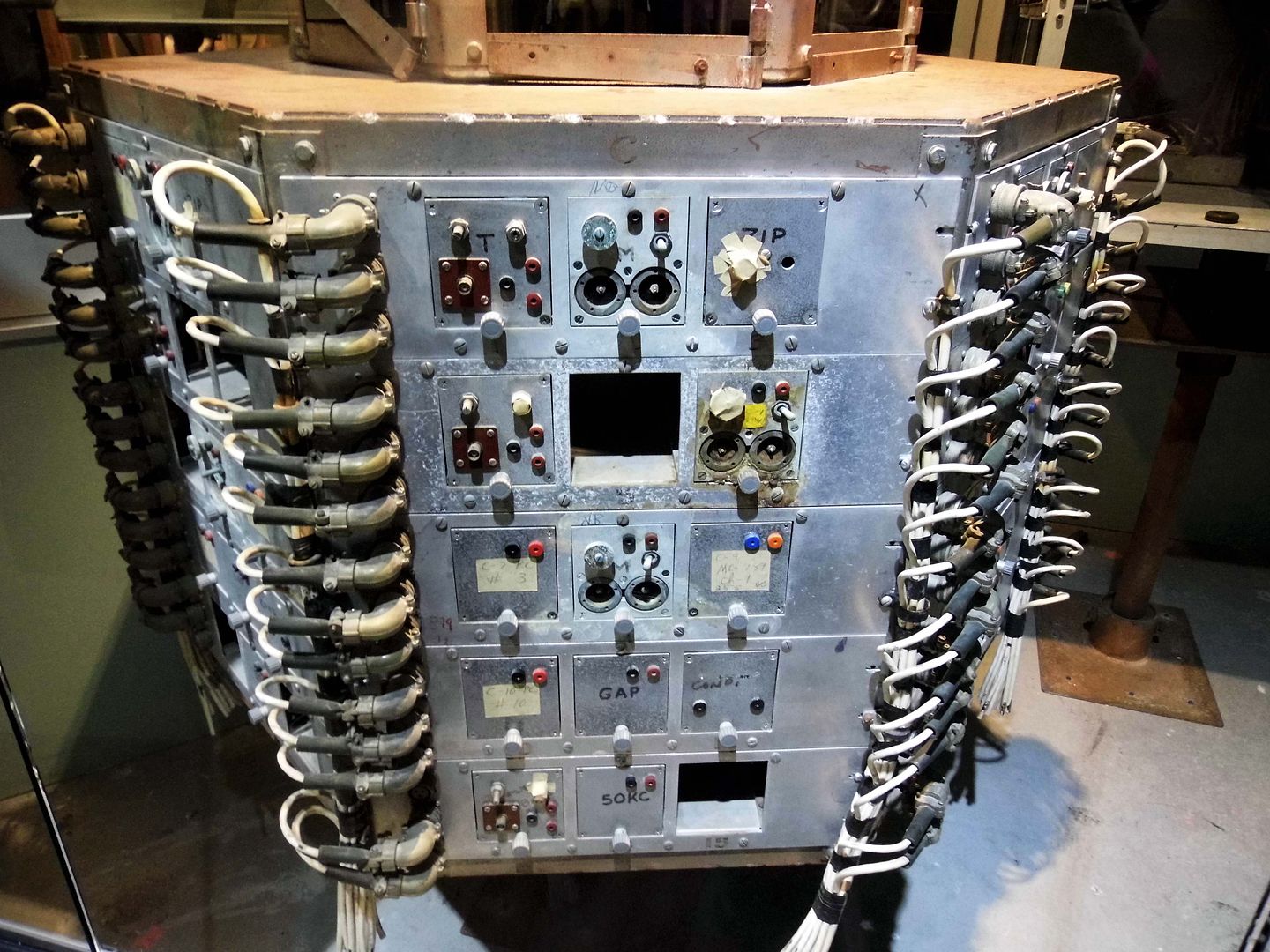
It's not like these guys didn't know what they were doing—they had incredibly sensitive and elaborate instrumentation to measure every single aspect of each nuclear detonation.

But if visiting the Atomic Testing Museum taught me anything, it's that the dangers to the lives of humans living nearby just came with the territory. There was no accident (like Chernobyl) or even negligence (like Santa Susana). It was deliberate.
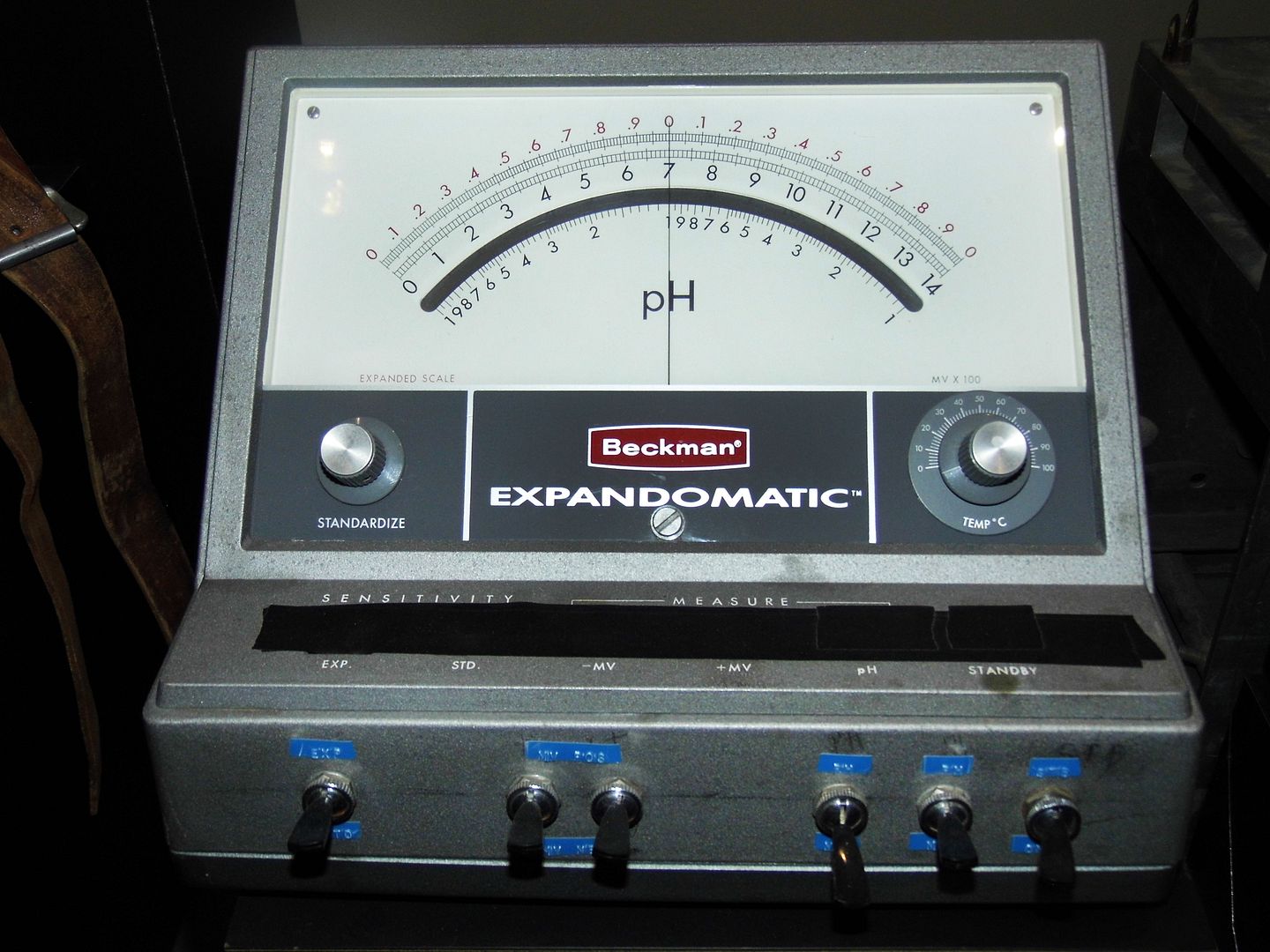
Stray gamma rays were tracked.
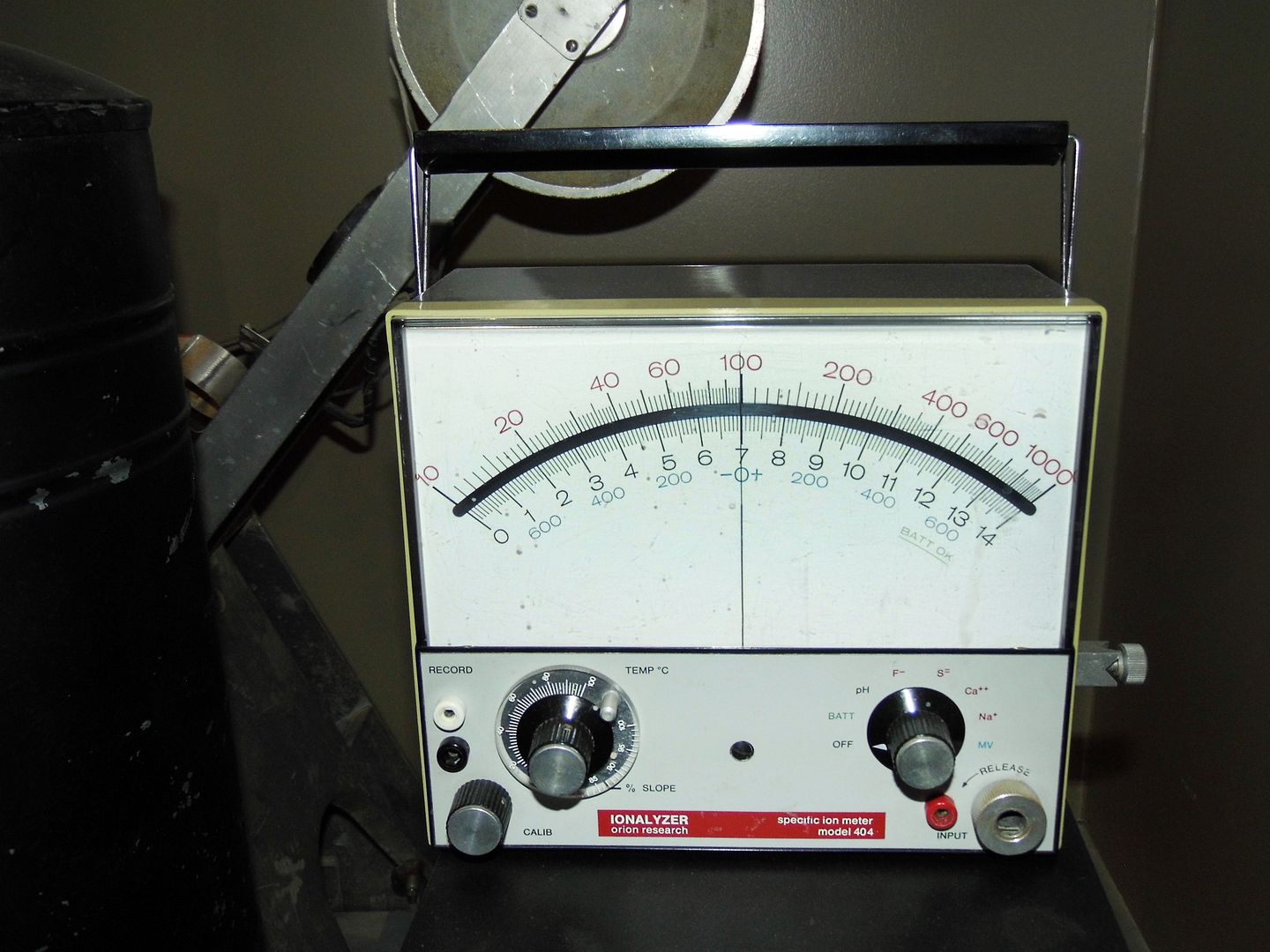
Ions were analyzed.

Data was recorded.
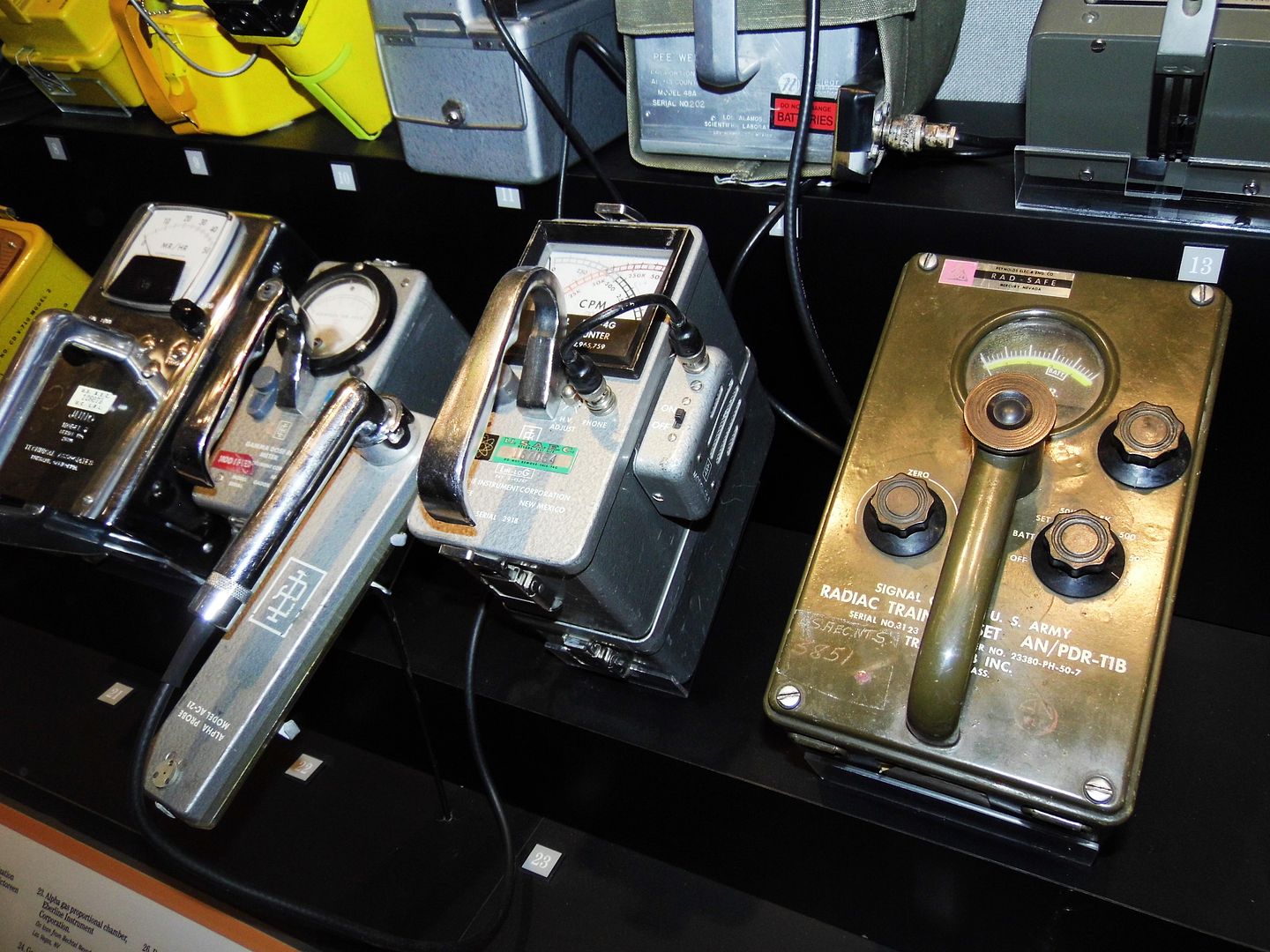
The powers-that-be simply decided that whatever harm came to those within a certain blast radius would be less than if we didn't have nuclear weapons and got bombed by somebody else.
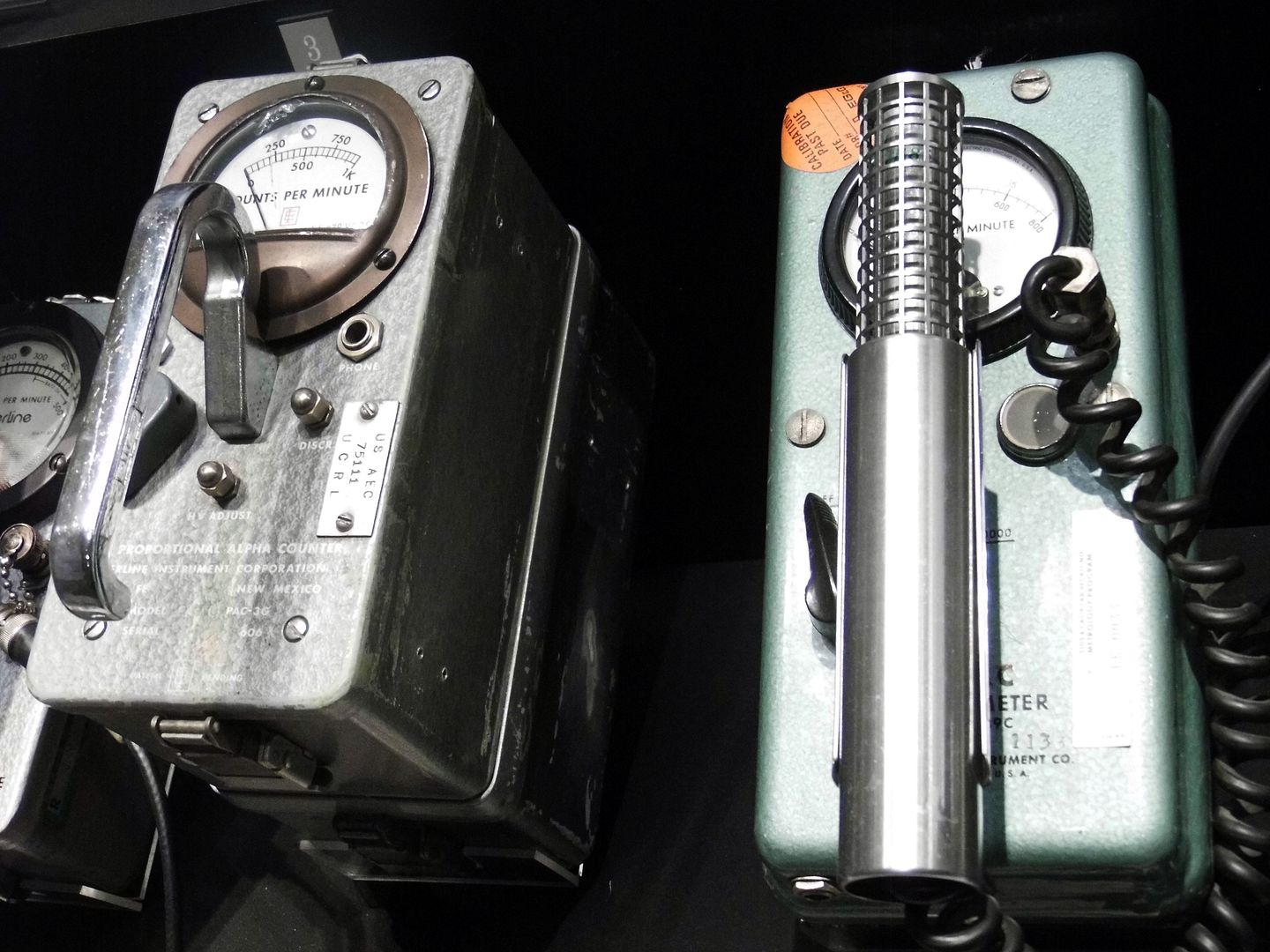
The best they could do was to record background radiation levels versus absorbed doses of ionizing radiation...
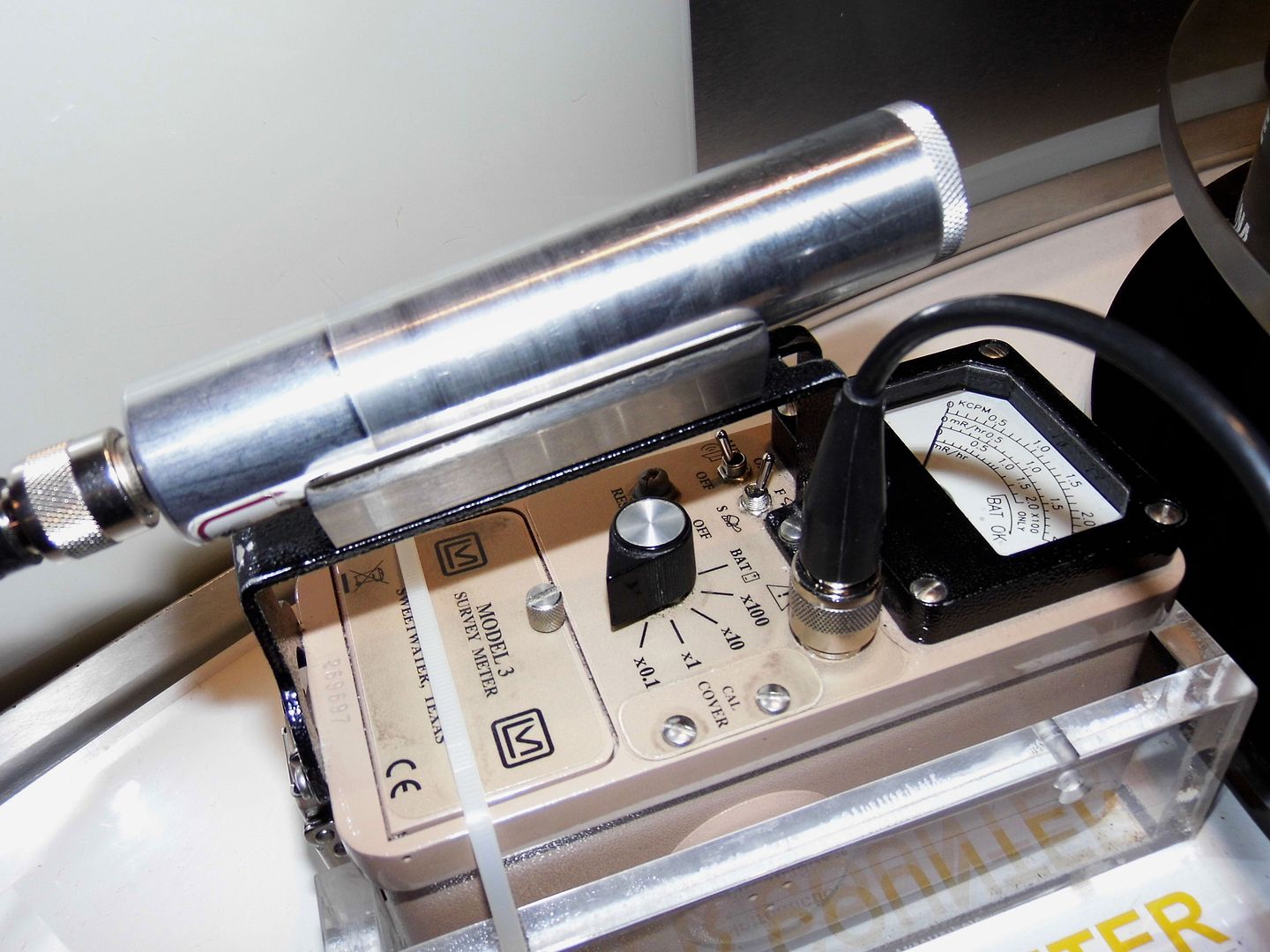
...and observe the effects on humans via radiation dosimetry.

You wouldn't believe how many Geiger counters were used back then and are now collected at the Atomic Testing Museum.
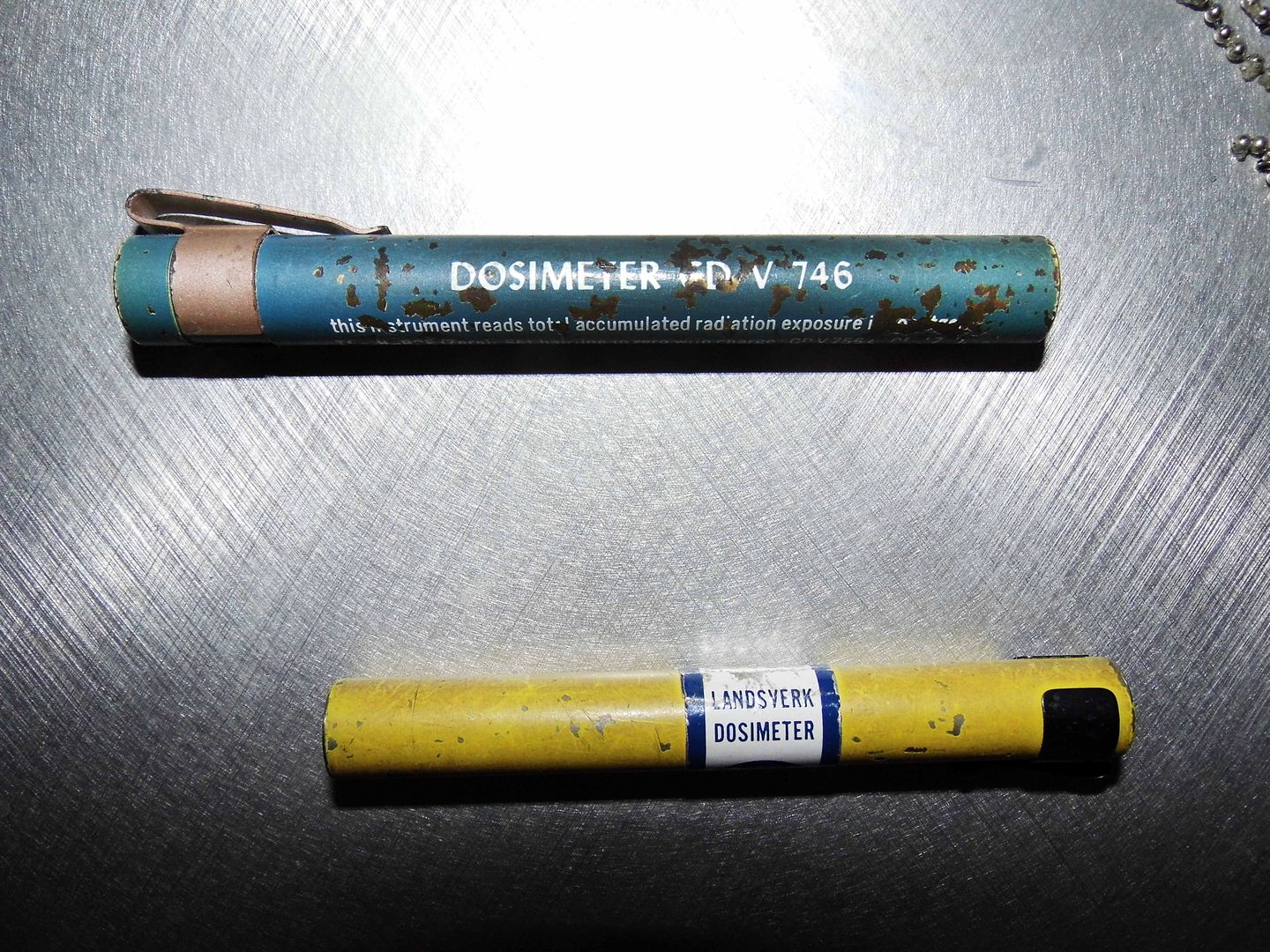
The entire museum is probably a radioactive isotope hotspot.
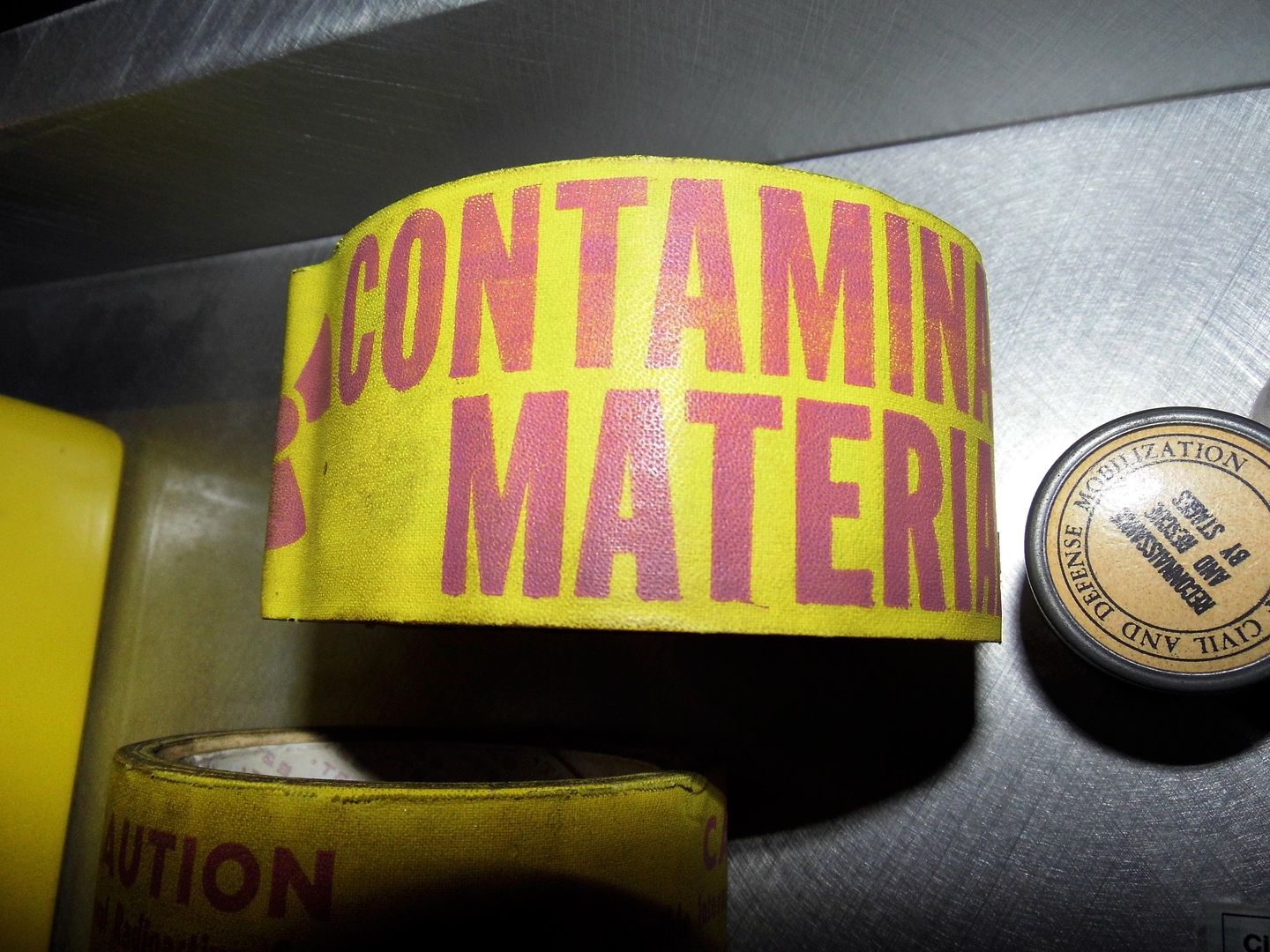
Then again, after visiting all these nuclear power plants and testing facilities and disaster sites, I'm probably already pretty contaminated.
Being born a child of the mid-1970s, the fear of nuclear war is woven into my genetic code. I remember emergency drills and bomb scares and fallout shelters in grade and middle school. I was probably taught to "duck and cover."
The Cold War didn't end until I was 14 years old. And of course now we know that the Cold War never really ended.
It just warmed up a bit.
And I would not be surprised one bit if international relations re-escalated to the point of more secret weapons testing—or worse—within my lifetime.
It may have already started.
It may have never ended entirely—though for a while, it was driven underground.
Related Posts:
Nevada Test Site: A Matter of National Security
Photo Essay: Boeing Rocketdyne Santa Susana Field Lab, Declassified & Decontaminating
Banned from Boeing? Post-Woolsey Fire Edition (Updated)

No comments:
Post a Comment